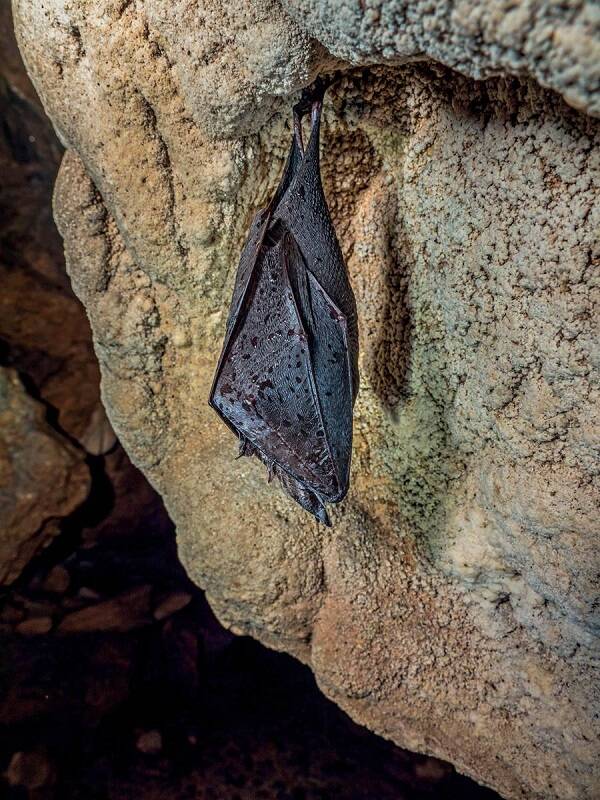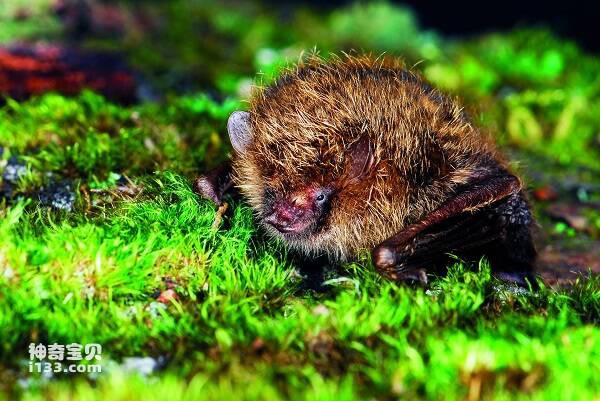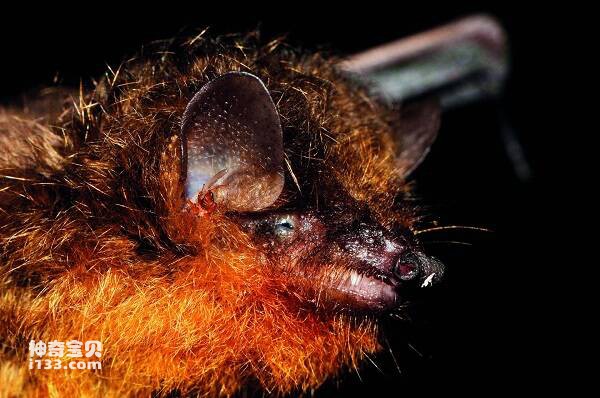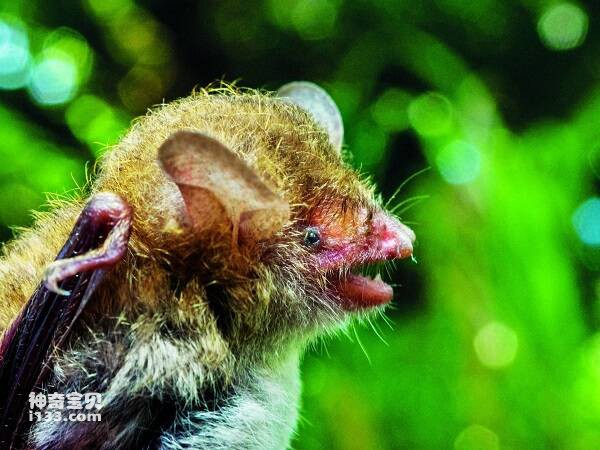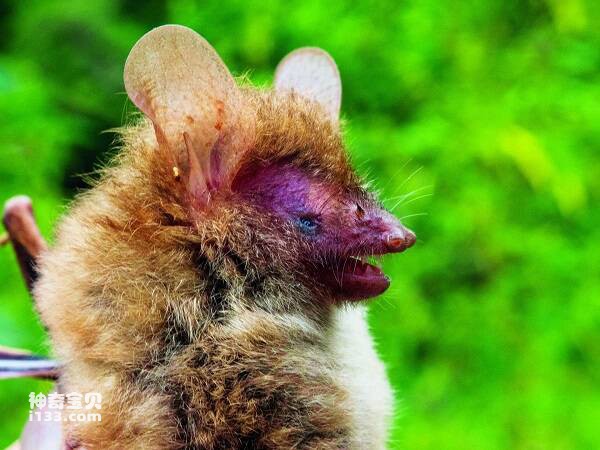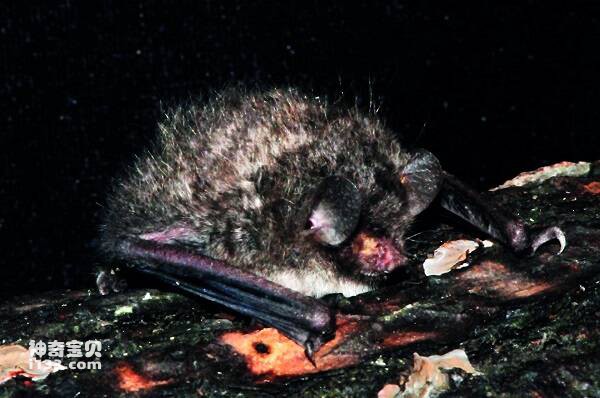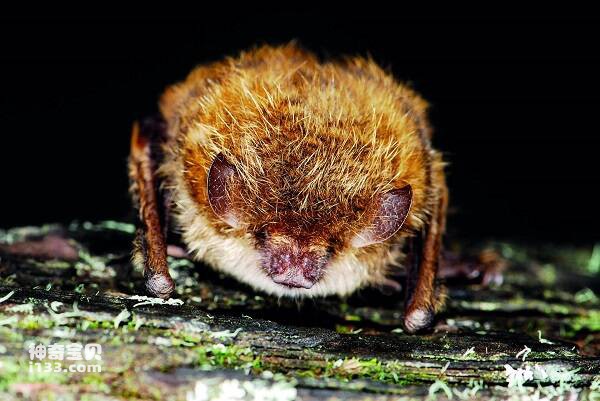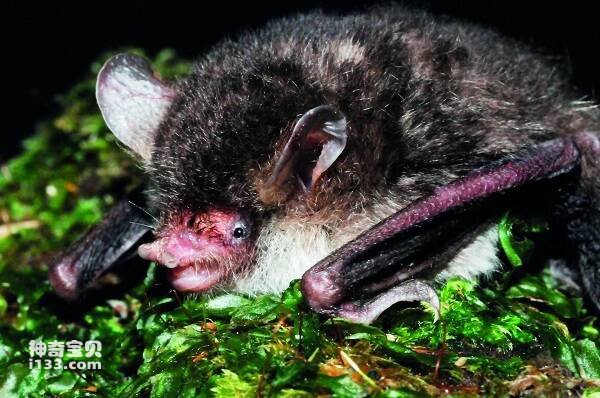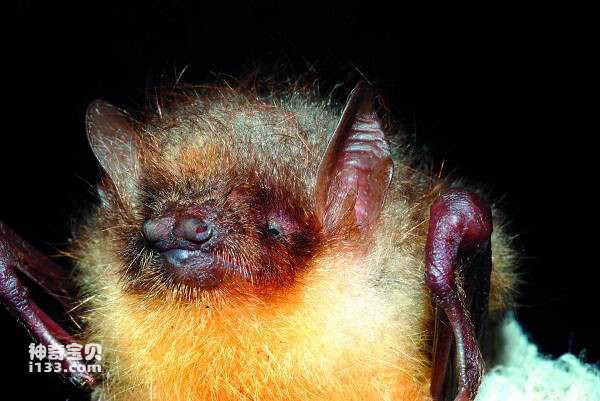Rhinolophus luctus
IUCN
LCBasic Information
Scientific classification
- name:Rhinolophus luctus
- Scientific Name:Rhinolophus luctus;woolly horseshoe bat
- Outline:Chiroptera
- Family:Chiroptera Rhinolophidae Rhinolophus
Vital signs
- length:75-85 mm
- Weight:
- lifetime:
Feature
The largest species of horseshoe bat in China, it lives alone or in pairs and is very rare.
Distribution and Habitat
In China, it is distributed in Anhui, Fujian, Guangdong, Guangxi, Guizhou, Jiangxi, Zhejiang, Hunan, Sichuan, Hainan, Yunnan and other provinces. Abroad, it is distributed in South Asia and Southeast Asia, such as India, Nepal, Vietnam and Indonesia.
The horseshoe bat lives in rock caves or stone caves or abandoned houses. It can live in the same cave with other species of bats, but most of them hang alone on the top of the cave, and usually in a brighter place not far from the cave entrance.
Appearance
This is the largest species of horseshoe bat. The forearm is 66-73mm long. The nose lobe is complex, with well-developed horseshoe lobe covering the snout, and no attached lobules on both sides. There is no outer edge protrusion inside the nostril, and it is derived into a cup-shaped internasal lobe; the base of the saddle lobe expands to both sides into a wing shape, making the saddle lobe trilobate; the tip of the connecting lobe is arc-shaped, far lower than the top of the saddle lobe, and there is no concave between the saddle lobe and the saddle lobe; the parietal lobe is tall, narrow and tongue-shaped. The body hair is long, dense and slightly curly. The back hair is brown or gray-brown, with a faint gray-white tip, and the belly hair is slightly lighter.
Details
The Great Rhinolophus lives in caves, often sharing a cave with other species of Rhinolophus and Hoofed Bats, but always hangs alone on the cave ceiling, and most of them are in a brighter place not far from the cave entrance. One captured in Suichuan, Jiangxi, was hanging less than 3m above the ground. According to observations from 1980 to 1986 in Qianren Cave, Hangzhou, Zhejiang, it rarely moves to caves if it is not disturbed. The specimens in Wuzhi Mountain, Hainan, came from the sky above the thatched slope at the edge of the original forest. At that time, they were flying in groups of two or three to find food, and occasionally resting upside down on branches. The male collected in Anhui in January had a larger scrotum, with a testicle of 5×3.5mm. It flies out at dusk to prey on insects. The Taiwan Rhinolophus (<Rhinolophus formosae>) was originally considered a subspecies of this species, but is now an independent species, endemic to Taiwan Island.
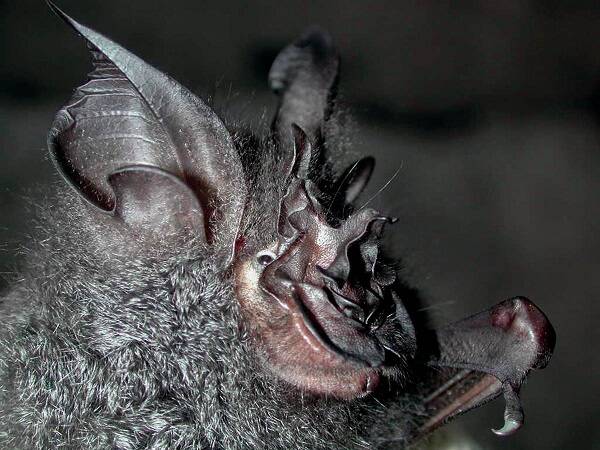
The number of species in each region is very small. The population is very small, the area occupied is limited, and it is easily affected by human activities. It preys on insects, but the distribution area is small and the number is small, so it is not very meaningful.
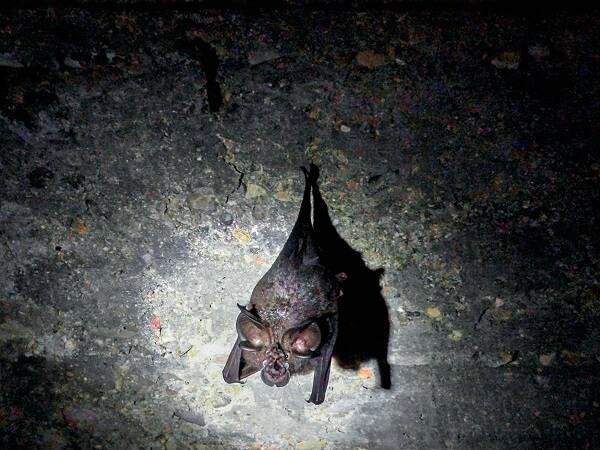
Bat habitats (such as caves, abandoned mine caves, etc.) are easily disturbed. Some caves have been developed as tourist spots. In order to collect bat droppings and eat bat meat, farmers smoke or net in the caves, causing them to either leave the caves or be killed. In addition, the use of pesticides also affects their survival. The use of fertilizers and pesticides threatens the number of bat populations. Through enrichment, harmful chemical components such as chemical pesticides accumulate in bats, resulting in low reproduction and affected survival ability of bats.
It has been included in the "Red List of Chinese Vertebrates", and the assessment level is: Near Threatened NT.
